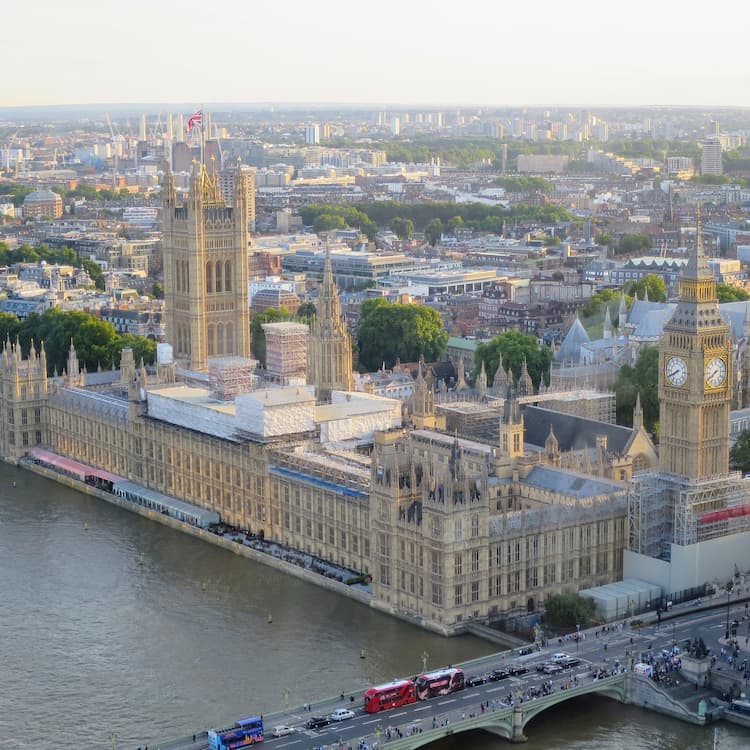Trust Estate
A Law Of Past And Present: Trusts In The Modern Age

The writers look at how draft UK legislation over entities such as digital assets will affect modern trusts, advisors and trustees.
The following article on how trusts fare in today’s world is very timely, given how much change there has been. The authors are Joanna Poole, partner, and Henrietta Mason, senior counsel (both pictured below), at Farrer & Co. The usual editorial disclaimers apply to views of guest writers. The editors are pleased to share this article to stimulate debate. To respond, email tom.burroughes@wealthbriefing.com and amanda.cheesley@clearviewpublishing.com
.jpg)
Joanna Poole
.jpg)
Henrietta Mason
The institution of the trust remains one of English law’s most
valuable contributions to jurisprudence. At its most basic level,
a trust permits the separation of the legal ownership of an asset
(held by the trustee) and its beneficial ownership (held by the
beneficiary). Historically, trusts were used by medieval knights
as a means of safeguarding and managing their estates whilst away
on crusade, but across the subsequent centuries the trust has
proved to be a versatile mechanism for the purposes of wealth
protection, estate planning, asset management, charitable giving,
and as a means of navigating changing social and political
landscapes.
A central requirement for the validity of a trust is that the
subject matter of that trust must be certain; namely specifically
defined or capable of being ascertained. The classes of assets
held on trust have changed considerably over time.
Where trusts were once upon a time set up to hold tangible items
such as property, grain, wine and livestock, the development of
financial markets resulted in new asset classes emerging. Cash,
bank accounts, stocks, bonds and other securities could be
settled on trust. Recently, following rapid technological
advancements, a digital asset class has emerged, including for
example crypto-tokens, non-fungible tokens, stablecoins, security
tokens, and so on. Increasingly, trustees, practitioners and the
courts are considering how these fit within our long-established
trusts law.
In this article we consider how the draft Property (Digital
Assets etc.) Bill, which is currently at Report Stage in the
House of Lords, will have a positive impact on handling modern
trusts and offer practical guidance for trustees and wealth
advisors.
Behind the times
Traditionally, the law of personal property in England and Wales
has been split into two categories:
1. Things in possession (generally, tangible things such
as paintings, furniture); or
2. Things in action (personal property that can only be claimed
or enforced through a court action, such as a debt or
contractual right).
Digital assets may not fit easily into either traditional
category. Crypto-tokens, for example, are digital representations
of value or rights, that exist on a blockchain, such as that used
by Ethereum. They can neither be physically possessed, nor is
their existence dependent upon their recognition by a legal
system or claims made in relation to them.
This creates considerable uncertainty for trustees and for
settlors. How can a trust be declared over such assets, and how
can they be clearly identified and managed within a trust where
their legal status is in question? Whilst there have been cases
in the High Court which have found that certain digital assets
can be classed as personal property under English law, even if
they do not fit within the two traditional categories, there
remains uncertainty due to historic cases which suggested that
the traditional two categories of personal property were
exhaustive.
A welcome evolution
In light of this uncertainty, the Law Commission in England and
Wales has published a bill, The Property (Digital Assets etc)
Bill, which confirms that certain digital assets can attract
property rights even if they do not fit into the two traditional
categories. The bill does not state what digital assets fall
within this “third category” of personal property rights, nor how
they will be treated under the law – these details will be
developed by the courts as has always been the case with
categories of personal property – but, if enacted, the bill
has the potential to bestow upon digital assets the same
protections as other traditional categories of personal
property.
In effect the bill “unlocks” the development of the common law in
this area, to give the courts the flexibility to develop the law
as asset classes continue to emerge. Whilst, therefore, different
asset classes will still need to be tested in court, over time we
should begin to see greater certainty as to which types of
digital assets are afforded the protection of the law and whether
these assets can be included within trusts. Accordingly,
trustees will be able to ensure that such assets are properly
managed and distributed according to the terms of the trust.
Playing an active role
Whilst this additional clarity is a welcome development for
trustees, settlement of digital assets of course presents ongoing
challenges. The pace of change itself is a challenge,
particularly as it is hard for the law to keep up with such a
rapidly-evolving area. In terms of trust administration, as a
matter of practice, trustees may prefer to use a custodian to
manage crypto assets within a trust. Custodians will have the
in-depth technical expertise to deal with these assets
effectively in terms of record keeping, reporting and transaction
processing. They can ensure that crypto assets are managed in
compliance with regulatory requirements and securely stored using
security measures such as multi-signature wallets and cold
storage to protect against fraud and hacking.
Nevertheless, even if using a custodian, trustees will inevitably
need to be proactive to ensure that they stay abreast of the
rapidly-developing technologies, and, of course, the legal
advances in this area, to deal with these assets effectively in
the trust administration.
(With thanks also to Edward Everett, trainee solicitor, for his support producing the article.)